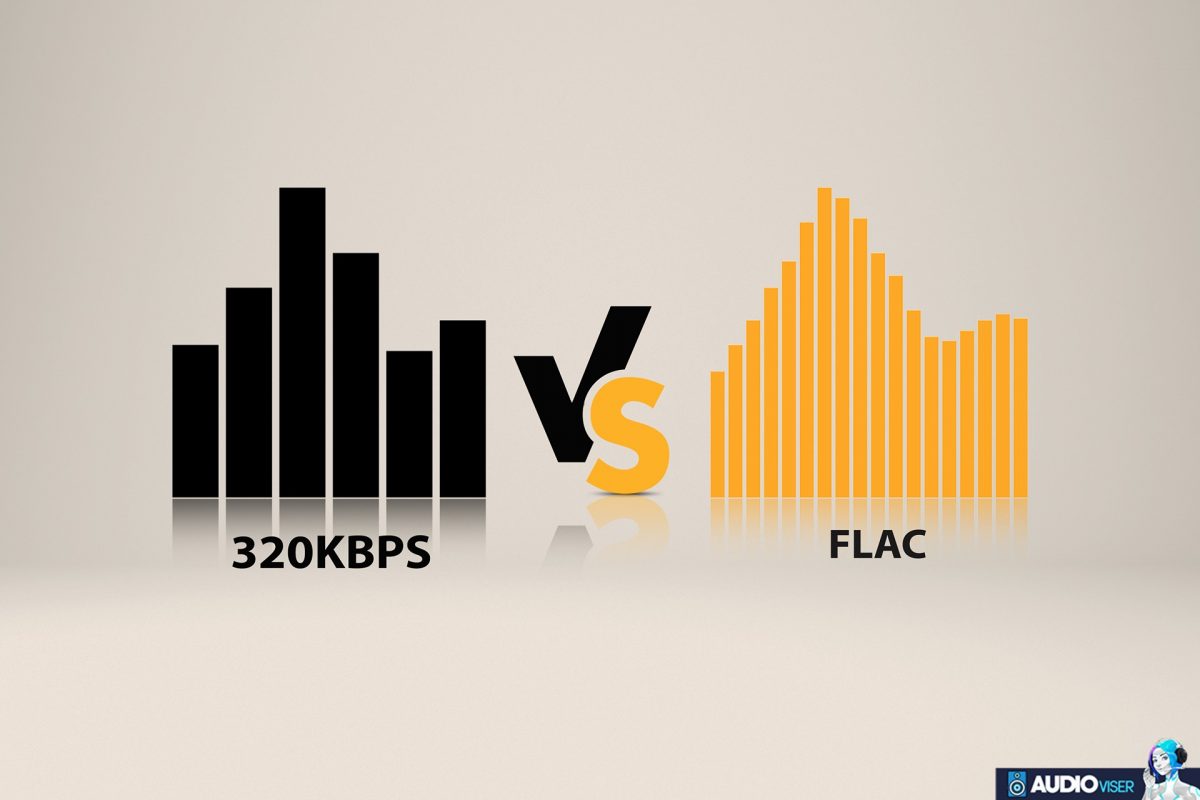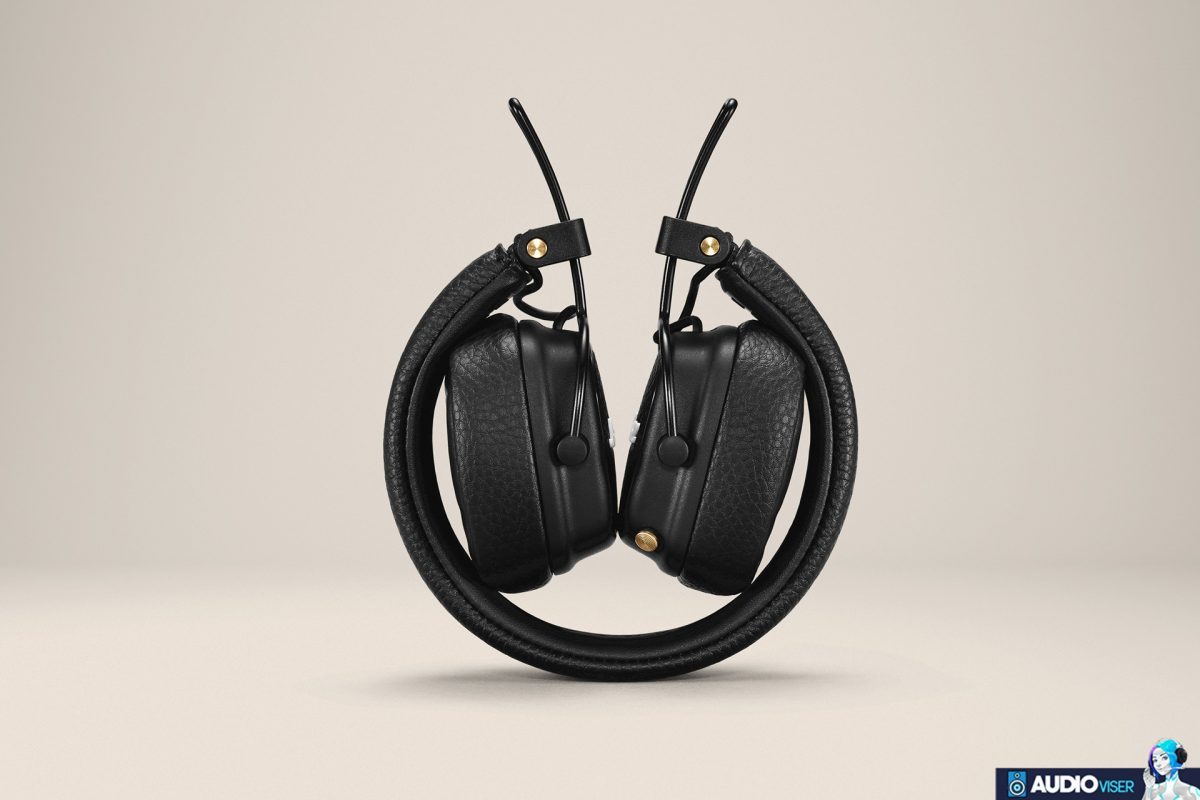
Everybody has heard about music formats or media formats in general. We know that there are different formats of photos, but when it comes to music or sound as a general term of speaking, things tend to get a bit confusing, and questions start appearing in your head.
Well, in this article, you will find more detailed information regarding two amazing formats, which are 320KBPS and FLAC! I will be explaining everything in detail. Firstly, I will try to tell you what they are, and the next thing to do is compare them in the easiest way possible.
Without further ado let me get straight to the point and clear some doubts!
Music File Formats
Every music and every sound, that you will ever find has its own format, and still, it is weird enough when trying to find out what it is. A music file format is used to store digital audio data in different computer systems.
Now, there are three most commonly known types of audio formats. They are:
1. Lossy Formats
- MP3
- AAC
- Ogg Vorbis
2. Lossless Formats
- FLAC
- ALAC
- CD Quality
3. Uncompressed Formats
- WAFF
- AIFF
- DSD
- PCM
What is 320 KBPS?
I mentioned MP3 as the first lossy format, and the 320KBPS is no other than one of the most famous music file formats that come from the famous MP3. MP3 in other words is an audio file that uses a compression algorithm to decrease the general file size.
What should be known about MP3 is that it works with kbps and the higher the number of bitrates is, the better sound quality is likely to be delivered. Whenever a file owns more kbps, more information will transmit and there will be better sound production.
What is FLAC?
Flac stands for Free Lossless Audio Codec (Lossless Flac File) and as seen, it is the first one mentioned in Lossless Formats. It is an audio coding format, but differing from the lossy ones, this one has a little bit more to offer. Since the one above shows exactly the kbps, I would like to mention that in Flac, the files are 1,411kbps.
A FLAC audio format is six times bigger than an MP3 one, and it is half the size of a CD.
Comparison Between 320 KBPS and FLAC Files / Which one is better?

We got what these audio formats are and that the main difference is that one is lossy meanwhile the other one is lossless. Well, the time has come to define whether there is a winner or not. Anyways, before choosing a winner, I bet you have to know what are the differences and why not similarities that these two types of audio formats have in between.
Compression
Whenever we have an audio file in hand, there are some devices that require us to compress it in a way that it can work and be brought in the best way possible. Audio file compression of audio formats is made to fit audio data in a smaller size, but without losing the audio quality that it owns.
Now, when it comes to these types of audio formats, 320 kbps and Flac, there are some differences that should definitely be mentioned and known by you.
When you compress a 320 kbps file (lossy format), you will be compressing the whole file, meanwhile, when compressing a Flac audio file, the compression only works with the parts of the file that are not directly related to the sound quality as a whole.
Downloading Time
It is a fact that whenever there is a better quality of anything, the downloading time usually takes us longer because the file has more size within. When you download a 320 kbps file, it will take up less time because of the compression fact that I mentioned above.
Lossless audio formats, just as Flac, take up to 5 minutes per one megabyte, meanwhile, when we deal with lossy audio, just as in this case, 320 kbps, it takes up about 2.4 megabytes in a minute.
Audio Quality
Again related to the compression part, the audio quality is a bit different even though it is not quite noticeable! As I already mentioned, considering the fact that lossless audio compression won’t be done to the parts that may destroy the sound quality, it seems like Flac audio formats are better and the winners of this case.
Regaining the Original Quality/Content

As their names are lossy and lossless, there is an important difference that should be mentioned, and it is whether these audio formats lose or don’t the original way that they come at us.
If you convert a lossy format like 320 kbps, you cannot get again the original version of that audio file, but in case you convert a Flac audio file, the information is all saved, and everything can start from the beginning.
Support
I kept mentioning that MP3 is one of the most famous and the most used audio file formats, and that, shows us only one thing. MP3 audio is supported by all music player platforms, and it works perfectly fine in all of them.
When we use a Flac audio file, what you should know is that it is used and supported by most of the modern audio devices in general, but still, it lets us doubt a bit the fact that it won’t work with older ones that we may still use.
Final Words, Conclusion
Coming to the end of this article, I hope that you got what these two types of audio formats are. If we think about the fact of whether there is a winner or not, I would gladly say that considering the sound quality, and considering the comparison that I did above, FLAC stands as the newest and the most modern audio format to be used.
Does that mean that MP3 is not worth it? Not really! MP3 is one of the most famous audio formats and it is used in many things. There is kind of a win-win situation!
In case you understood what is the meaning of 320 kbps, I would like to share that I also did a comparison regarding 320kbps vs. 128kbps.
There is nothing more left to say, besides I hope that this article will help you find out what the differences are between 320 kbps and Flac audio formats and why not find out which one is better to be used.
Have fun!
Further Reading
There are some other interesting blogs you can carry on and read.
For example, there is a part where I explain what 24-bit 96 kHz means and a tutorial on how to convert FLAC to ALAC.
There’s also an article regarding 7.1 Surround Sound and is it good for gaming?
Composer & Audio Engineer
I’m a composer and audio engineer crafting sonic magic. Combining my skills in rhythm, harmony, and sound synthesis to create the ultimate auditory experience.





